I’m from Norway, but I live in Bangkok, Thailand. Before I started VHDLwhiz, I worked as an FPGA engineer in the defense industry. I earned my master’s degree in informatics at the University of Oslo.
Similar Posts
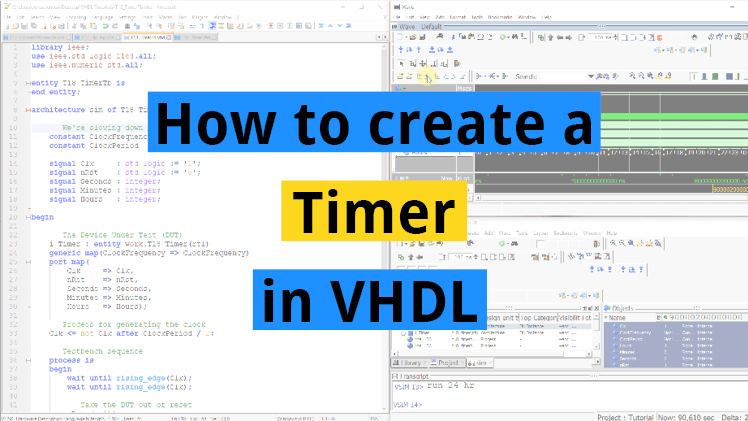
How to create a timer in VHDL
In earlier tutorials we have used the wait for statement to delay time in simulation. But what about production modules? The wait for statement cannot be used for that. That only works in simulation because we can’t just tell the electrons in a circuit to pause for a given time. So how can we keep…
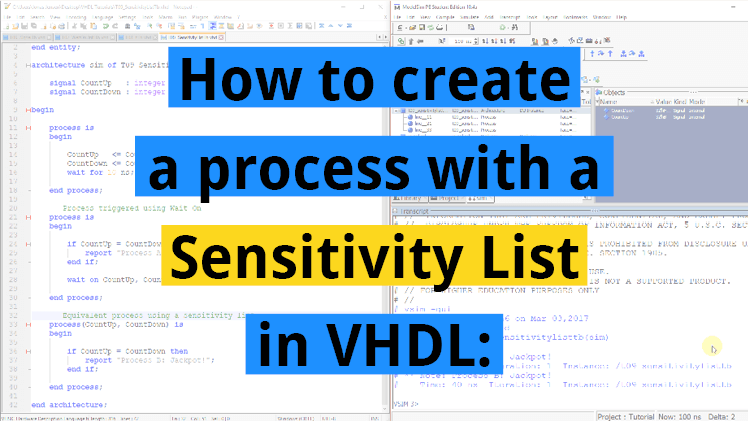
How to create a process with a sensitivity list in VHDL
You should always use a sensitivity list to trigger processes in production modules. Sensitivity lists are parameters to a process which lists all the signals that the process is sensitive to. If any of the signals change, the process will wake up, and the code within it is executed. We’ve already learned to use the…
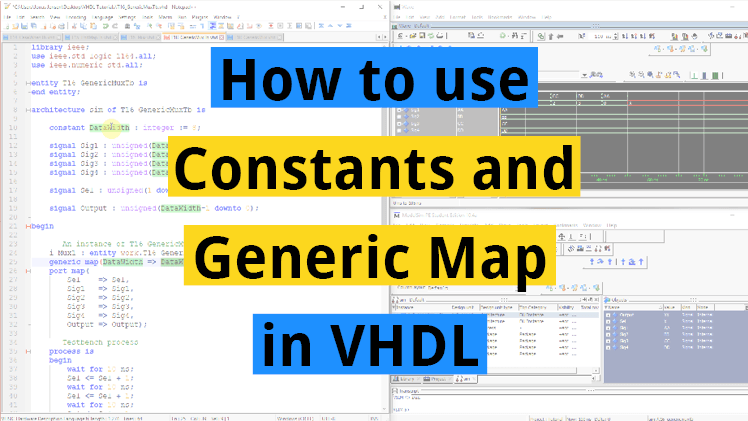
How to use constants and Generic Map in VHDL
Creating modules is a great way to reuse code, but often you need the same module with smaller variations throughout your design. This is what generics and the generic map are for. It allows you to make certain parts of the module configurable at compile-time. Constants are used when we want to avoid typing the…
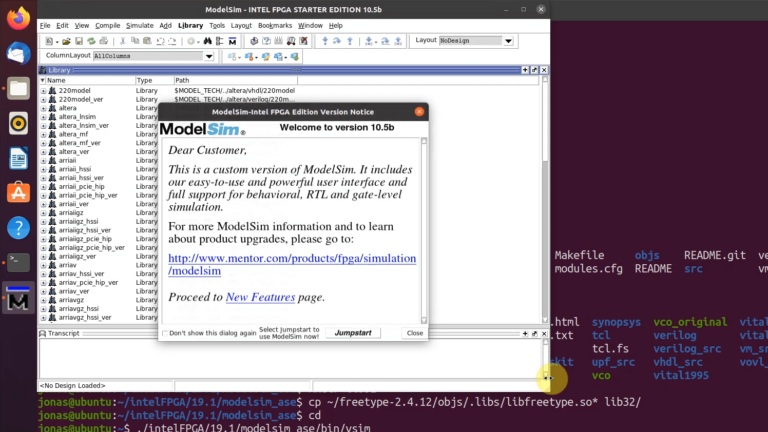
How to make ModelSim from Quartus Prime Lite work on Ubuntu 20.04
The ModelSim version that comes with Intel Quartus Prime Lite Edition is a good alternative if you want to try out VHDL simulation on your home computer. The software is available for both Windows and Linux, but Intel only supports Red Hat-based distros like CentOS Linux. Fortunately, you are just a few hacks away from…
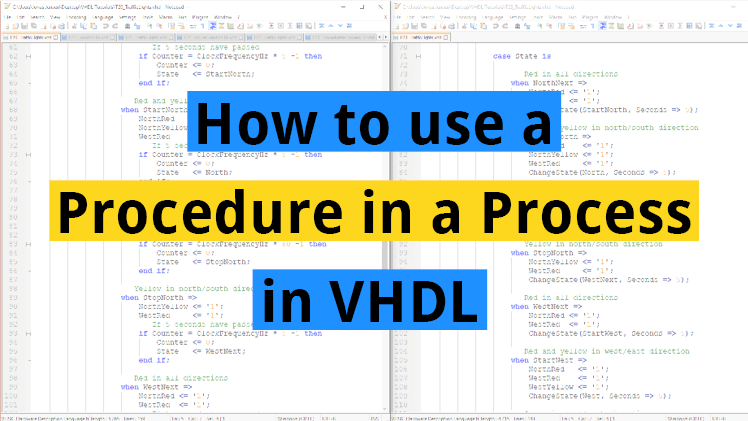
How to use a procedure in a process in VHDL
It is possible to drive external signals from a procedure. As long as the signal is within the scope of the procedure, it can be accessed for reading or writing, even if it isn’t listed in the parameter list. Procedures that are declared in the declarative region of the architecture, cannot drive any external signals….
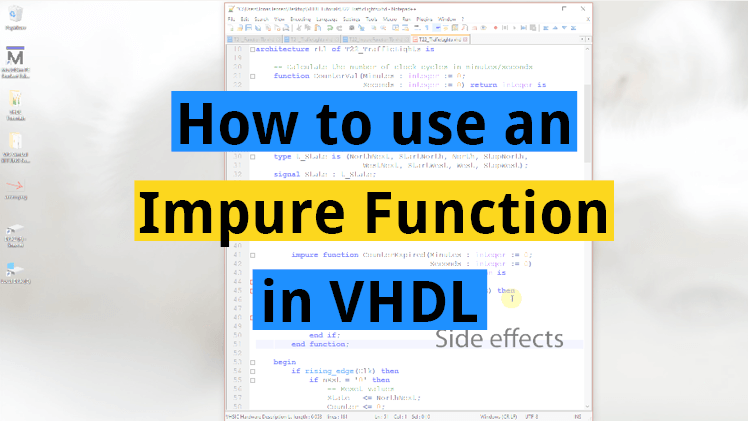
How to use an impure function in VHDL
An impure function can read or write any signal within its scope, also those that are not on the parameter list. We say that the function has side effects. What we mean by “side effects” is that it is not guaranteed that the function will return the same value every time it is called with…

First of all, thank you so very much!
These are by far the most comprehensible tutorials I have come across like ever!
Brilliant work.
So here my two cents out of gratitude:
Basic VHDL Quiz – part 4
Which statement is not true?
Answer 3 : The return statement cannot be omitted.
-> Correct
So the return statement CAN be omitted???
“Unlike in most other programming languages, the return keyword is mandatory in functions in VHDL.”
Confused by double negation. Me or you 😉
Good catch! I’ve changed the answer now. I was trying to make you think, but in the process I confused myself too 🙂
“The return-keyword cannot be used in a procedure”. I believe that this is incorrect, e.g.
https://web.archive.org/web/20200629023040/http://vhdl.renerta.com:80/source/vhd00060.htm
It is true, of course, that you cannot return a value with it, that’s the only (?) difference between procedures and functions. But, as in other languages, you can use “return” as control flow statement to “force an exit”.
You are right! I missed the possibility of using return statements in procedures without returning a value. According to the Renata link you posted, functions must return a value, while procedures can have return statements, but then without a return value.
I am changing this question.